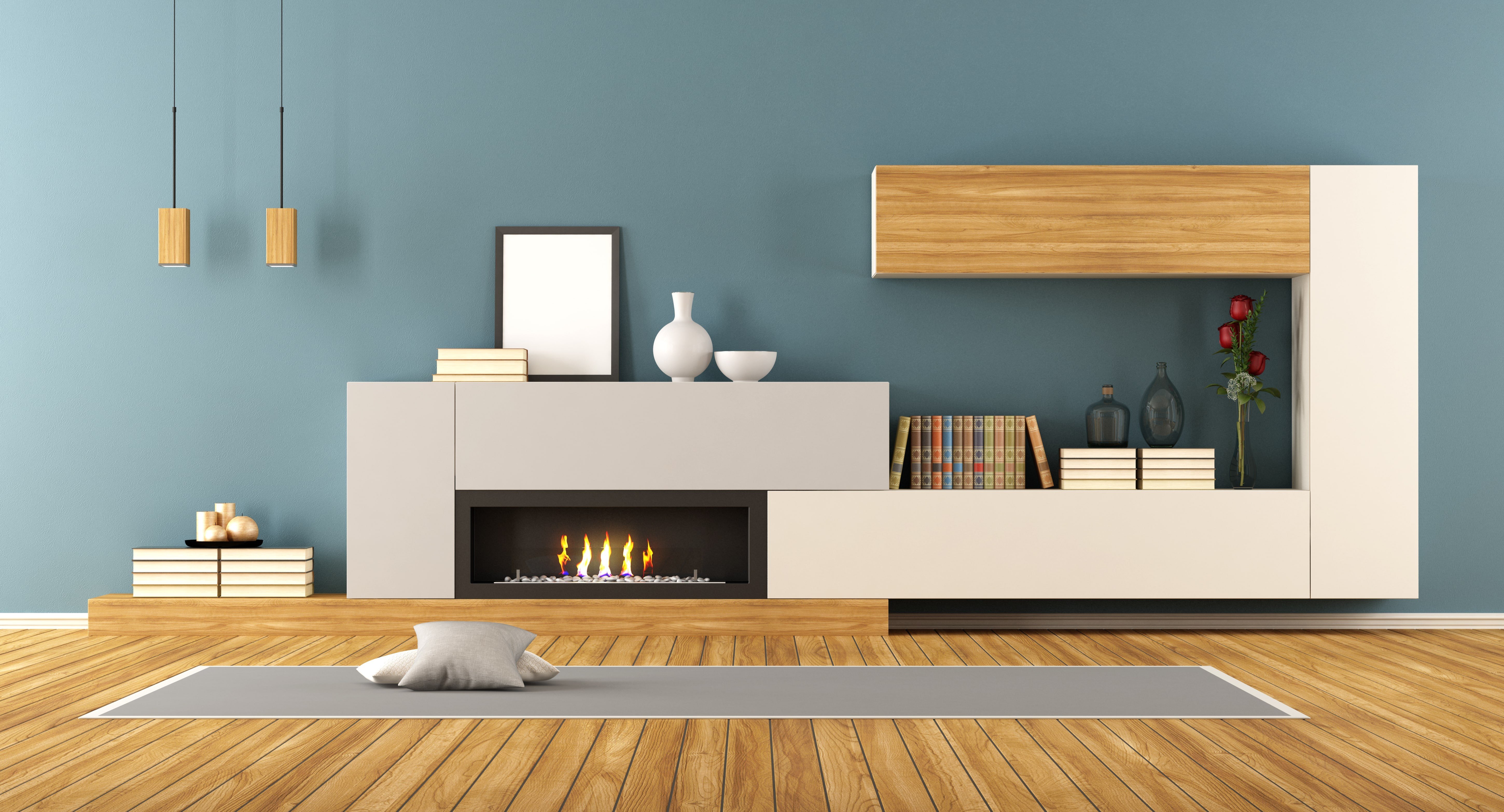Fireplace Tips From The Top In The Business
The Fireplace: A Warm Embrace of Tradition and Comfort
Fireplaces have been an essential part of human habitation for centuries, working as a source of warmth, an event location, and a sign of comfort. While the modern versions may vary incredibly from their ancient ancestors, the allure of a fireplace endures. This post explores the numerous elements of fireplaces, including their history, function, types, and maintenance, while likewise dealing with regularly asked questions.
The Evolution of Fireplaces
Fireplaces date back to prehistoric times when open flames were utilized for cooking, heating, and protection from wildlife. Over the centuries, fireplaces progressed from basic fire pits to the sophisticated performances we see today. Here is a quick timeline of their evolution:
- Prehistoric Era: Cavemen utilized open flames for warmth and cooking. Wind and smoke often blew into residences.
- Middle Ages: Stone and brick fireplaces became typical in homes and castles, integrating chimneys to carry smoke outside.
- Renaissance: Elaborately designed mantels emerged, and fireplaces became centers of social interaction.
- Industrial Revolution: Innovations in heating materials resulted in a range of designs and functionalities.
- Modern Era: The introduction of natural gas, electric, and bioethanol fireplaces provided cleaner alternatives to traditional wood-burning units.
Table 1: The Evolution of Fireplaces
Age
Attributes
Prehistoric Era
Open flames for heat and cooking
Middle Ages
Stone and brick structures with early chimneys
Renaissance
Ornate mantels, social centers
Industrial Revolution
Diverse styles, advent of brand-new materials
Modern Era
Gas, electric, and bioethanol choices
The Purpose of a Fireplace
Fireplaces serve dual purposes: they provide physical warmth and develop an emotional environment. House owners often collect around the fireplace to bond, share stories, and delight in a cozy setting. visit this website link of a fire can be relaxing, adding to a sense of relaxation and intimacy. Beyond personal pleasure, fireplaces also provide practical advantages, consisting of:
- Home Heating: Effective heat source, particularly in cooler climates.
- Increased Home Value: A properly designed fireplace can boost the visual value of a home.
- Emergency situation Heating: In case of power interruptions, wood-burning fireplaces can serve as an important heat source.
- Aesthetic Appeal: A centerpiece that contributes to interior decor.
Kinds of Fireplaces
Today, fireplaces come in different styles and fuel types, accommodating a diverse series of preferences and settings. Here are some common types:
Wood-Burning Fireplaces:
- Traditional fire pits
- Classic masonry fireplaces
- Require substantial maintenance and chimney maintenance
Gas Fireplaces:
- Available in both direct vent and ventless ranges
- Simpler to use and preserve than wood-burning fireplaces
- Supply instantaneous heat with a flick of a switch
Electric Fireplaces:
- Offer associated heat sources without real flames
- Typically designed to mimic traditional fireplaces
- Ideal for smaller areas and homes without a chimney
Bioethanol Fireplaces:
- Use bioethanol fuel, offering a sustainable alternative
- Require no ventilation and can be placed anywhere
- Safe and easy to keep
Table 2: Types of Fireplaces
Type
Fuel Source
Features
Upkeep Requirements
Wood-Burning
Wood
High atmosphere, heat source
Routine chimney cleansing
Gas
Gas or lp
Instantaneous heat
Minimal, occasional maintenance
Electric
Electrical energy
Easy setup
Really low maintenance
Bioethanol
Bioethanol fuel
Ventless, portable
Low, generally cleaning up
Maintenance and Safety Considerations
Owning a fireplace includes specific obligations, particularly concerning its safe operation and long-lasting maintenance. Here are essential maintenance ideas and safety standards:
Maintenance Tips:
- Annual Inspection: Always have your chimney and fireplace checked at least once a year by a certified specialist.
- Routine Cleaning: Clean out ashes and debris after each use, and make sure the flue is open before beginning a fire.
- Look for Cracks: Inspect masonry for cracks or damage to avoid structural issues.
- Usage Proper Fuel: Only use dry, seasoned wood for wood-burning fireplaces; do not burn cured wood.
Security Guidelines:
- Install Smoke Detectors: Ensure smoke alarm are functional, checking them monthly and changing batteries as required.
- Keep a Fire Extinguisher: Have one nearby, even if a fireplace is utilized infrequently.
- Supervise Flames: Never leave a fire ignored, and guarantee kids and pets are kept an eye on around the fireplace.
Regularly Asked Questions (FAQs)
1. How can I lower smoke from a wood-burning fireplace?
To lessen smoke, usage dry, seasoned wood, and guarantee that your chimney is clean and unblocked.
2. Is it safe to use gas fireplaces during a gas leakage?
Never use a gas fireplace during a gas leakage. Instantly leave the area and contact gas services for aid.
3. Can I install an electric fireplace myself?
Electric fireplaces are typically easy to install, however it is suggested to talk to specialists to guarantee safety and compliance with local building regulations.
4. What is the very best kind of fireplace for small areas?
Electric fireplaces or bioethanol models are frequently best for small areas, as they do not require comprehensive ventilation or structural modifications.
Fireplaces have actually transcended their initial purpose of offering heat to become valued aspects of home design and family life. They evoke memories of warmth, events, and togetherness while offering functional benefits that boost modern living. By understanding the various kinds of fireplaces, their maintenance, and safety practices, house owners can take pleasure in the ageless appeal of this beloved feature for generations to come.
